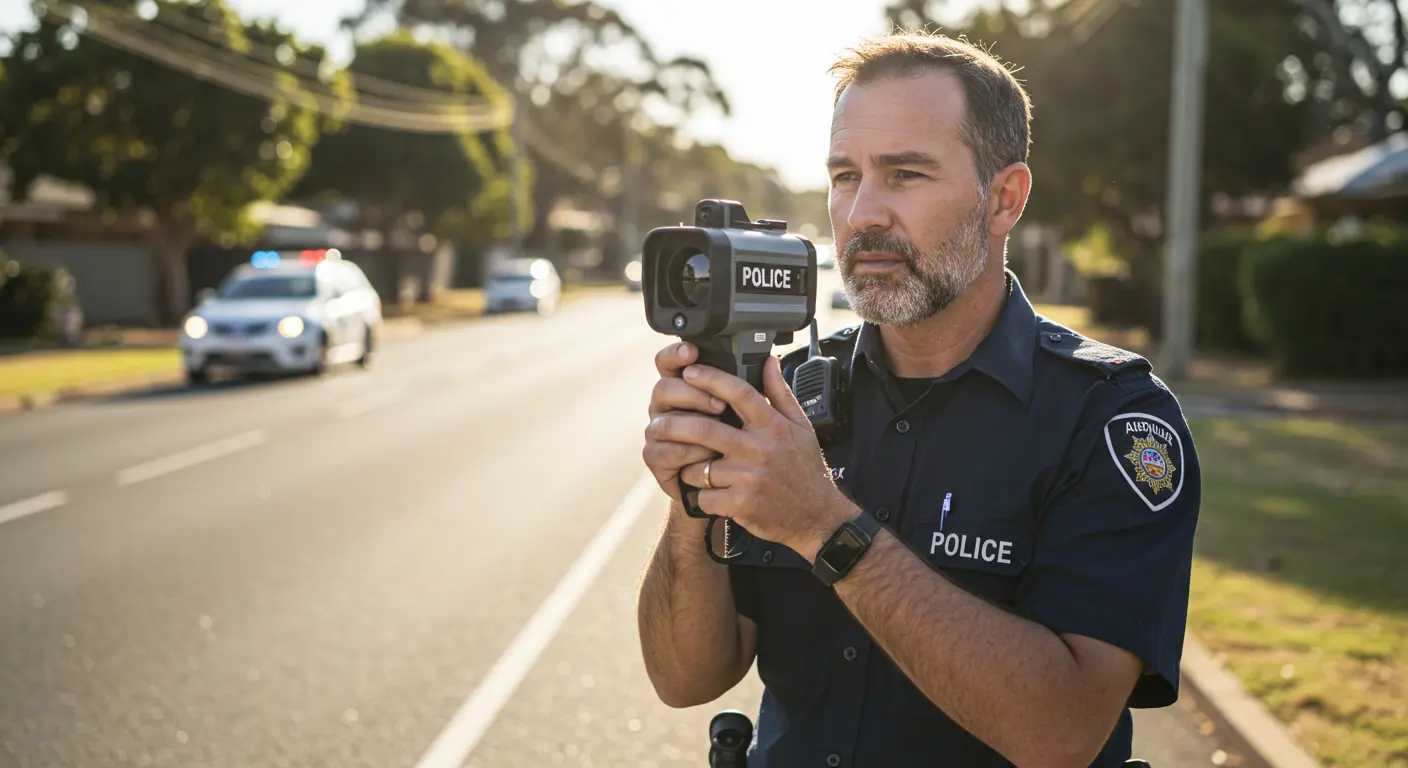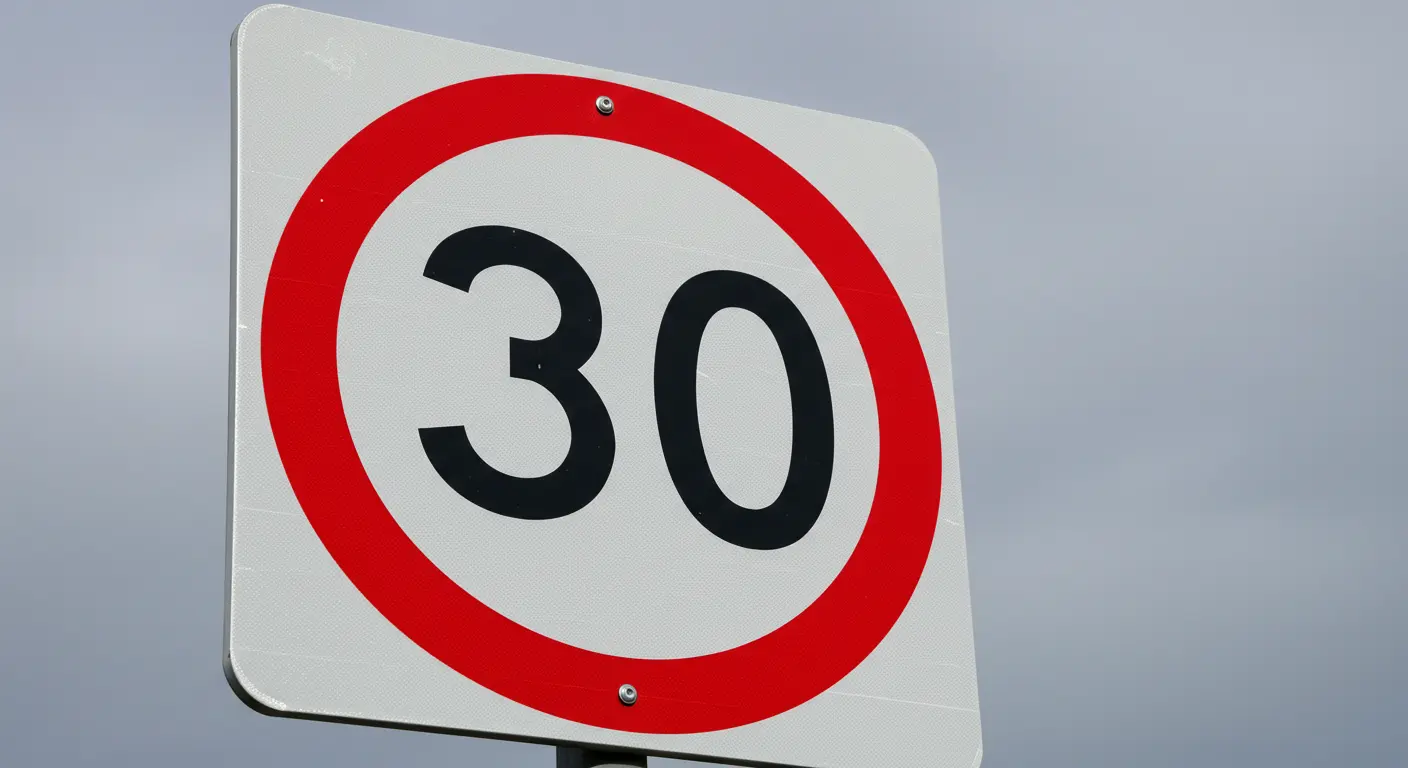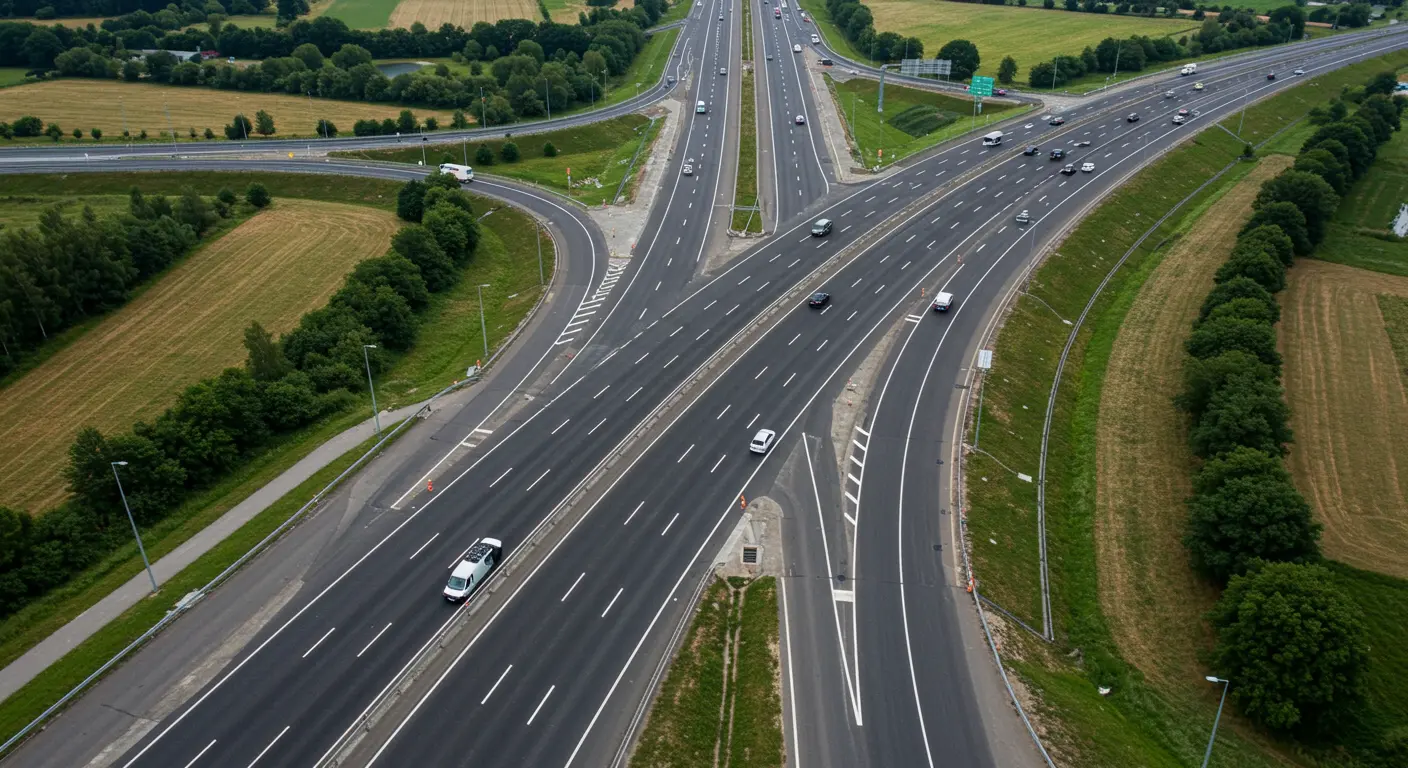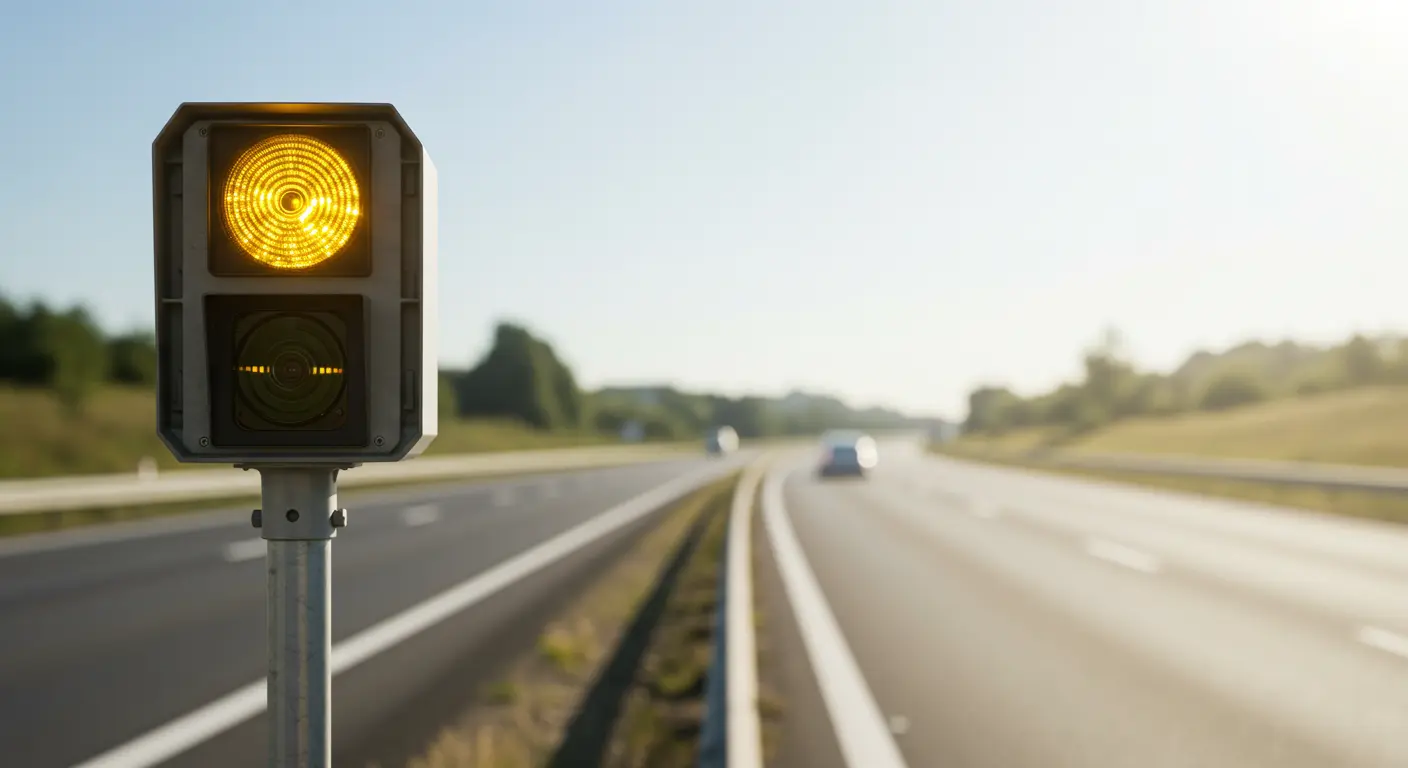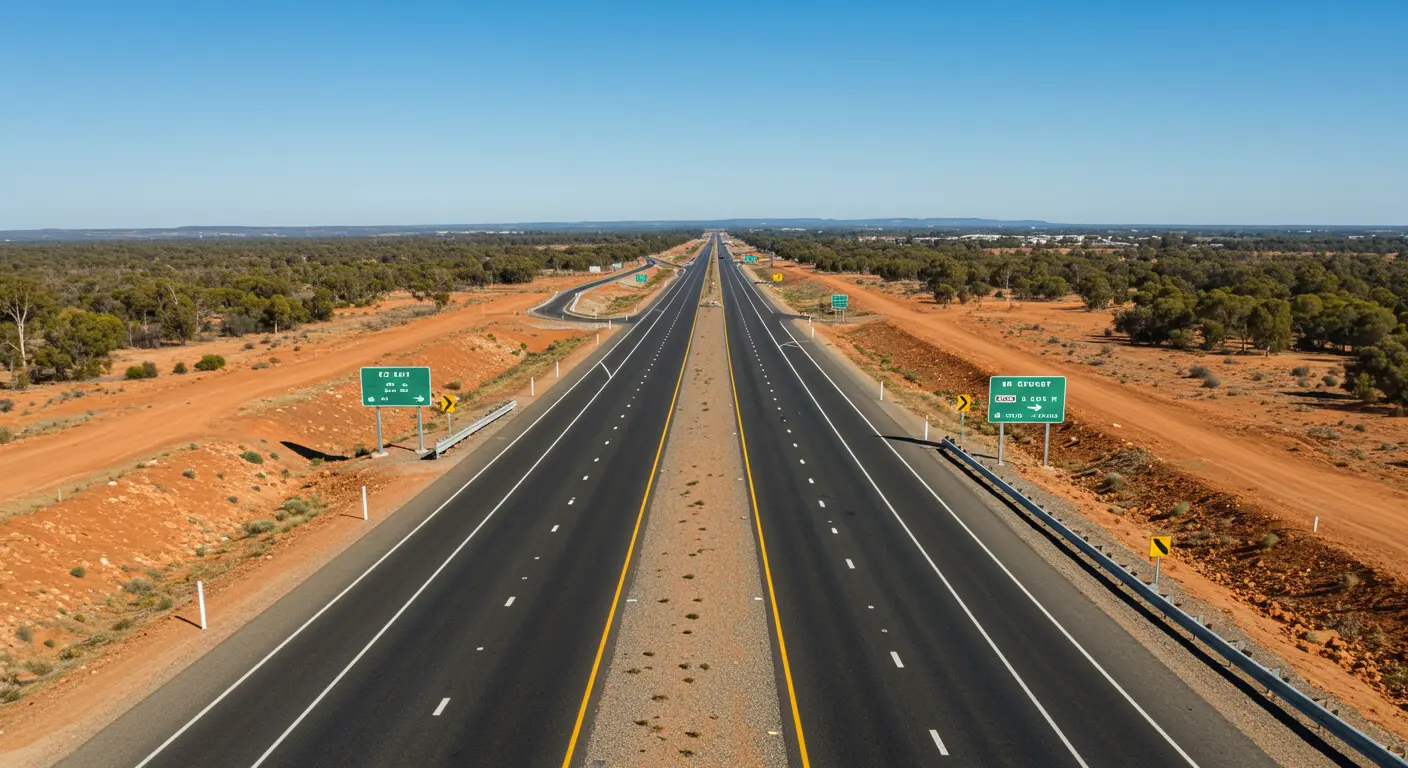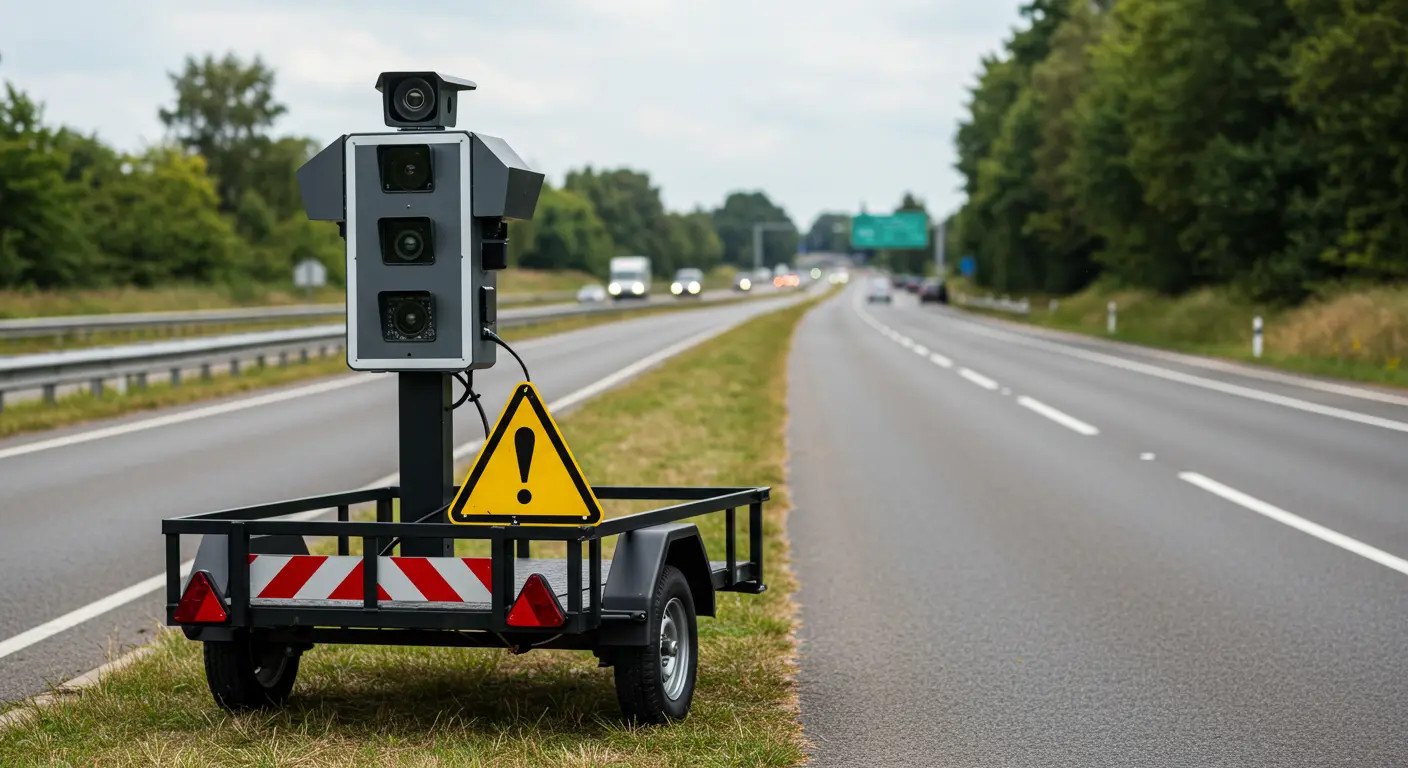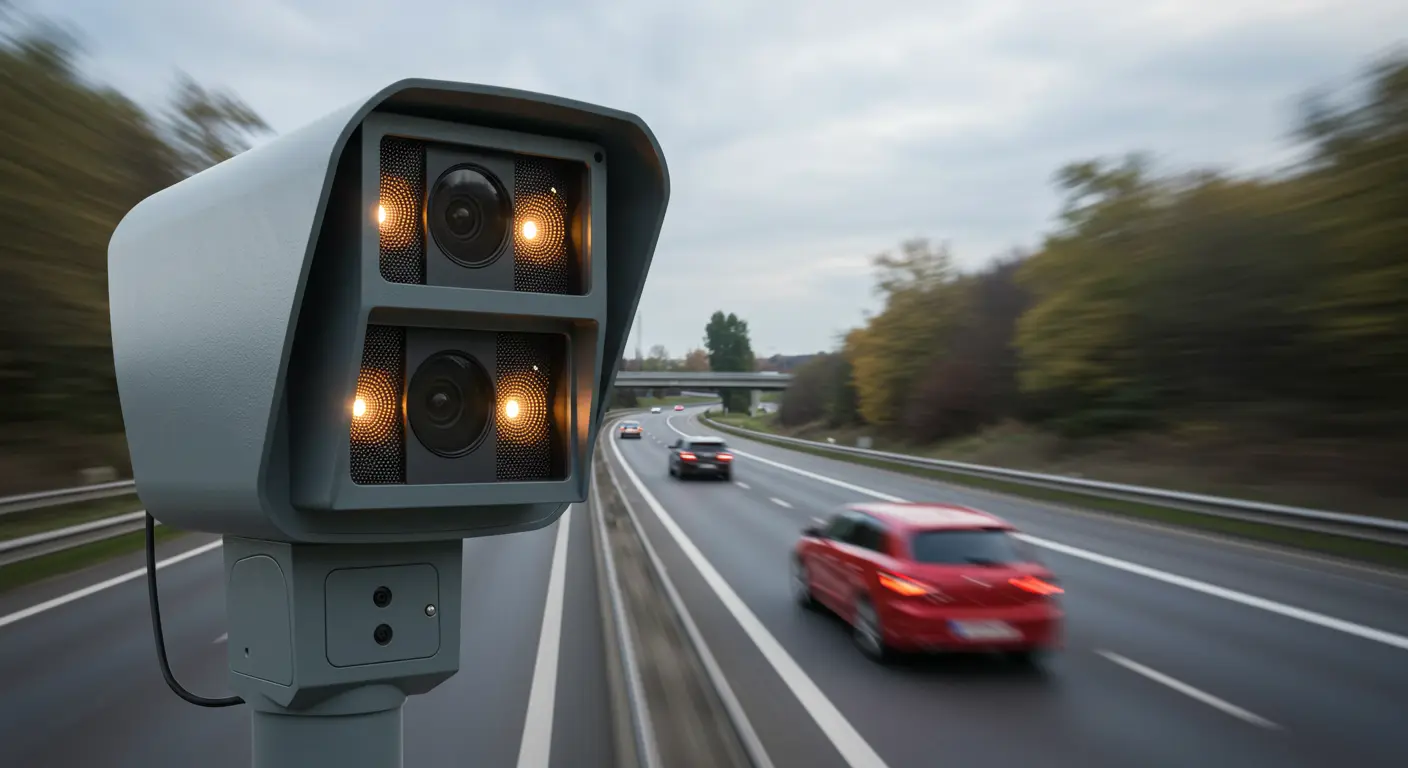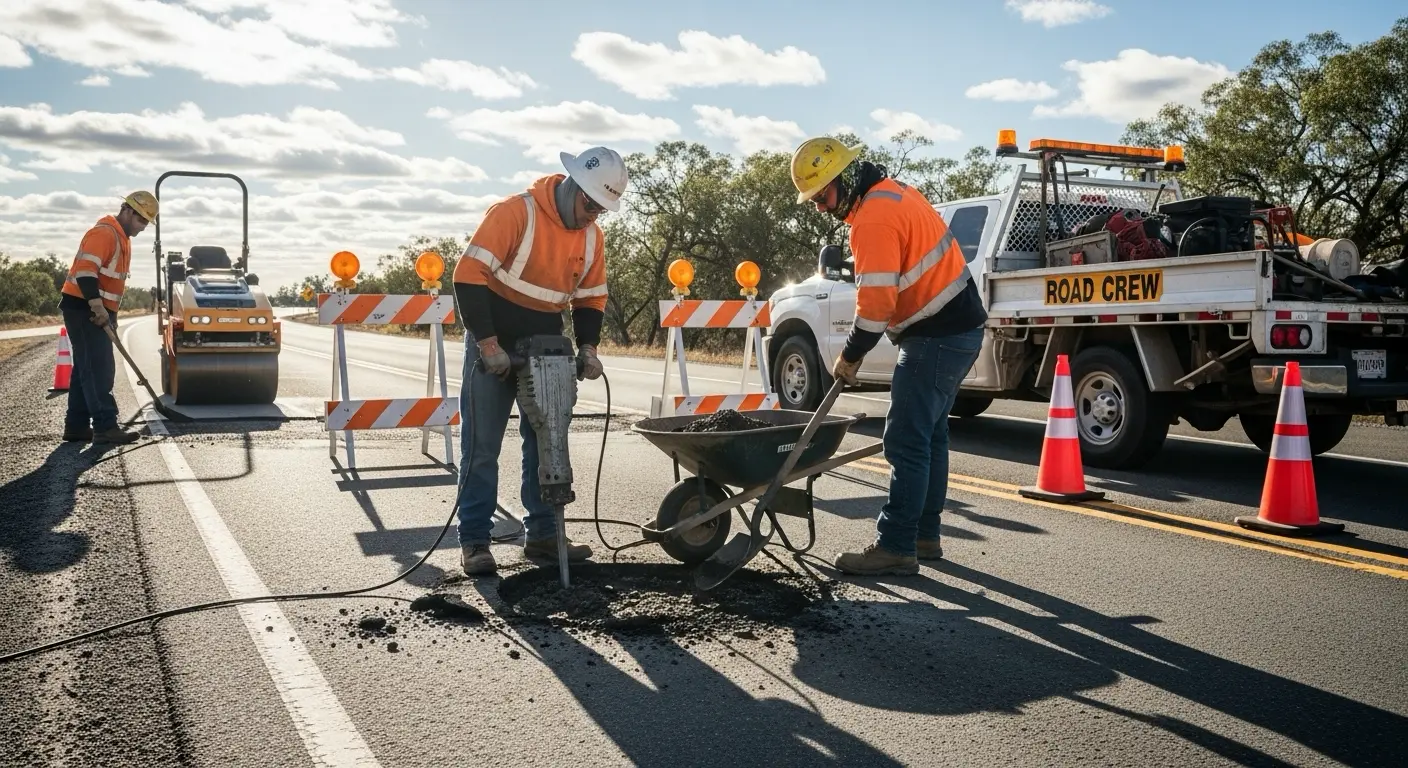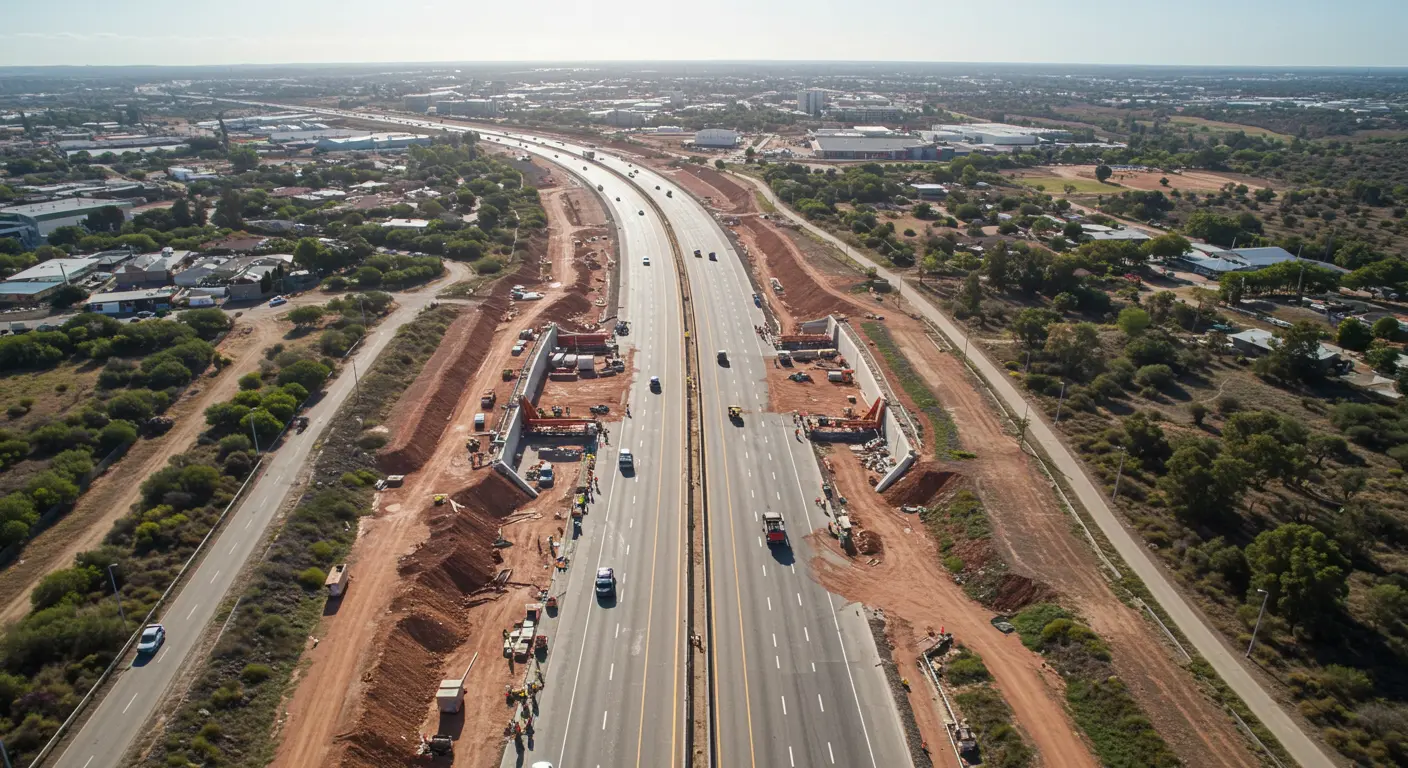The ACT is at the centre of a growing national conversation around lowering speed limits in school zones and pedestrian-heavy areas, with authorities and safety experts calling for changes to improve safety outcomes.
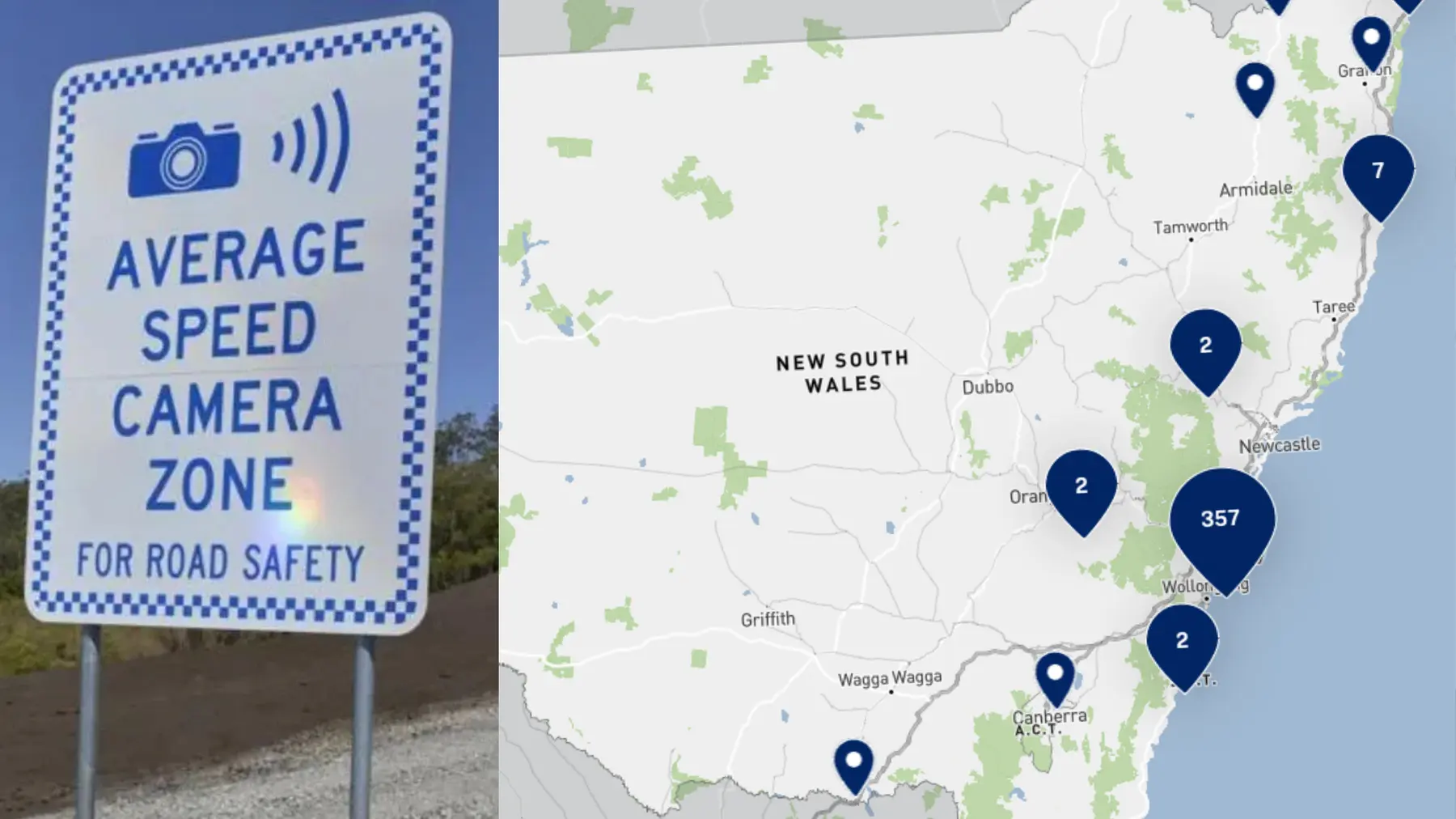
Growing Pressure for Reform
Recent incidents and rising community concerns have prompted calls for the ACT government to introduce a 30 km/h speed limit in school zones, down from the current 40 km/h standard. The campaign has gained momentum following reports of near misses, including one mother’s account of a vehicle speeding past while she crossed the road with her children.
National Movement Toward Lower Limits
The ACT push reflects a broader trend happening across Australia. Several councils in Sydney and Melbourne have already trialled or implemented lower speed limits in busy pedestrian areas like Fitzroy, Collingwood, Manly, and Parramatta. These measures aim to protect vulnerable road users, particularly children and pedestrians.
The Case for 30 km/h Limits
Experts argue that reducing speed limits in school zones would dramatically reduce the risk of serious injury or death if a pedestrian is struck. Studies have shown that at 30 km/h, the chance of a pedestrian fatality drops significantly compared to higher speeds. Road safety advocates say this simple change could save hundreds of lives annually across the country.
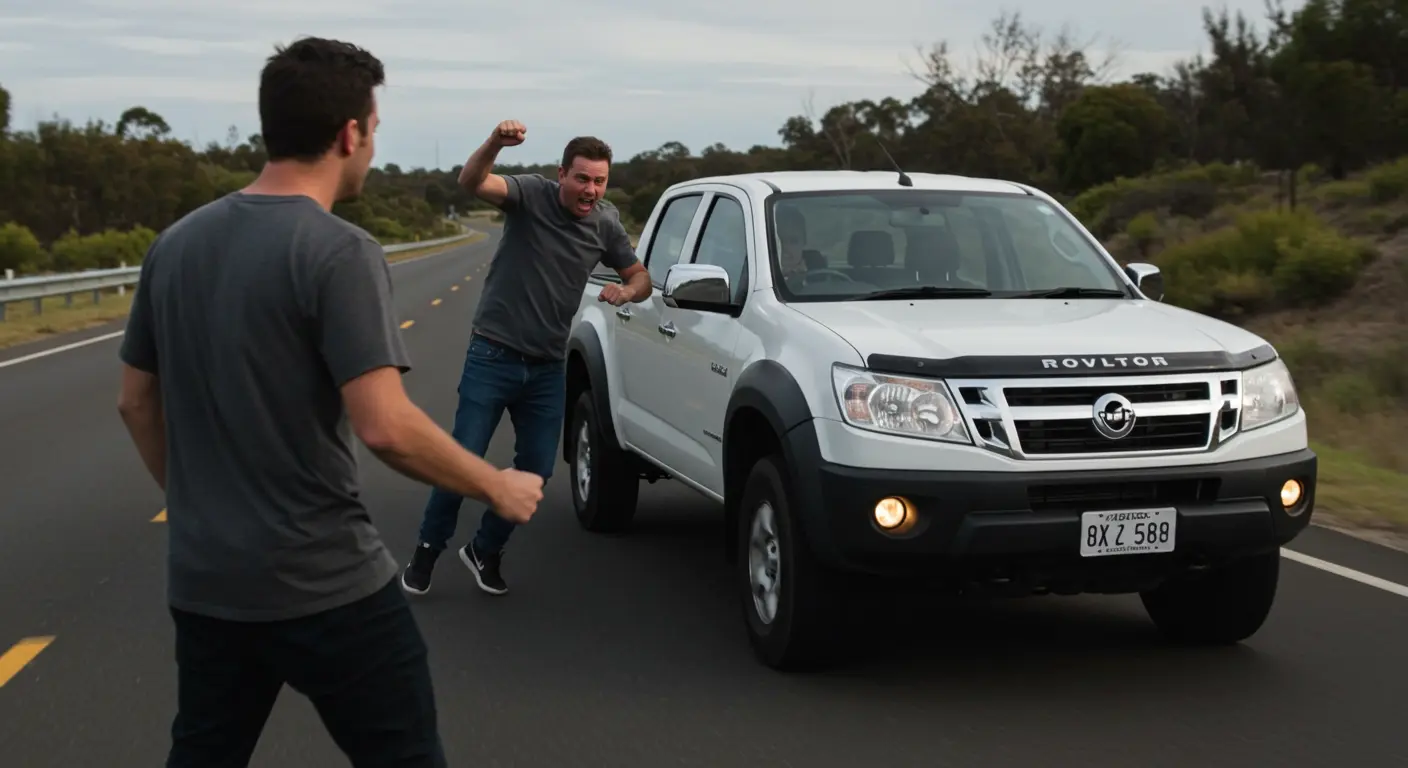
Current School Zone Limits in Australia
At present, school zone speed limits across Australia vary:
- ACT: 40 km/h during school terms, Monday to Friday from 8 am to 4 pm.
- NSW, Victoria, South Australia: Generally 40 km/h.
- Queensland: Up to 60 km/h in some locations.
New Research Backs Lower Speed Limits
A major study led by Dr James Thompson from the Centre for Automotive Safety Research (CASR) evaluated vehicle speeds in ACT school zones. The research found that while the existing 40 km/h limit has been beneficial, compliance remains inconsistent, with many drivers exceeding the limit. The study recommended adopting a 30 km/h limit to align with international best practice.
Safety and Community Benefits
Lower speed limits not only reduce the severity of accidents but also make local communities more liveable. Slower traffic encourages walking, cycling, and safer neighbourhoods, especially around schools, shopping areas, and residential streets.
Broader Evidence Supports the Change
The Monash University Accident Research Centre has previously found that implementing 30 km/h limits in high pedestrian areas could reduce serious injury crashes by up to 50 per cent. This growing body of evidence continues to strengthen the case for change.
What Happens Next
The ACT government has yet to formally adopt the recommendations, but increasing public pressure and expert research may force policymakers to act. The full CASR report, "Vehicle speeds through school zones in the Australian Capital Territory," is now publicly available, providing detailed analysis for further consideration.
